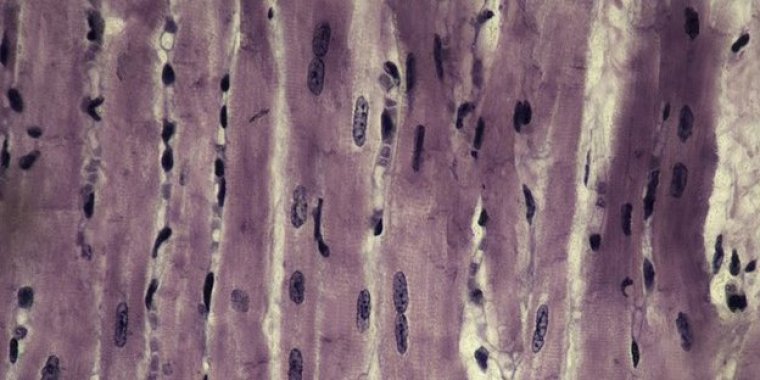| News / Science News |
Engineers examine the mechanical forces that influence cell development
Engineers at the University of Colorado Boulder and Purdue University explored how mechanical forces guide the early cell development of organisms. The research has the potential for diagnostic and therapeutic breakthroughs in heart disease, artificial tissue engineering and other biomedical applications. Scientists may be able to understand what transforms a collection of cells into a functional organ or organism and replicate the process in a lab environment.

Interdisciplinary teams replicated how mechanical forces reorganize the nuclei of organic tissue. Photo: Lazar.zenit/Wikimedia Commons
The scientists observed mechanical forces shaping cell nuclei while studying the cardiovascular cells of embryonic mice. Since heart cells contract involuntarily, the cells are ideal for observing nuclear deformation (when tension shapes nuclei, changing their genetic expression).
Nuclear deformation is a potential indicator of disease, but the same mechanics also affect organisms as they age.
Researchers noted that some areas near the contractions were stiff, rigid and dense, while in other areas the nucleus seemed to be loosely organized. The researchers concluded that the contractions resulted from mechanical forces and tension.
In a related study, the scientists observed patients with heart conditions including cardiomyopathy, a condition that thickens the heart muscle, causing fewer contractions and less nuclear deformation, making it harder for the heart to pump blood. As a result, the nuclei reorganize and cellular identity diminishes.
The research could be a foundation for new regenerative technologies and raises the possibility of organ-on-chip models used in drug discovery.
“If you use markers like how much blood does the heart pump and correlate it over the reorganization of the nucleus, it’s highly predictive,” study co-author Benjamin Seelbinder said.
“That means you can take a little bit of the tissue, look at the organization of the nucleus and can tell whether that organ functions well or not.” (National Science Foundation)
YOU MAY ALSO LIKE





